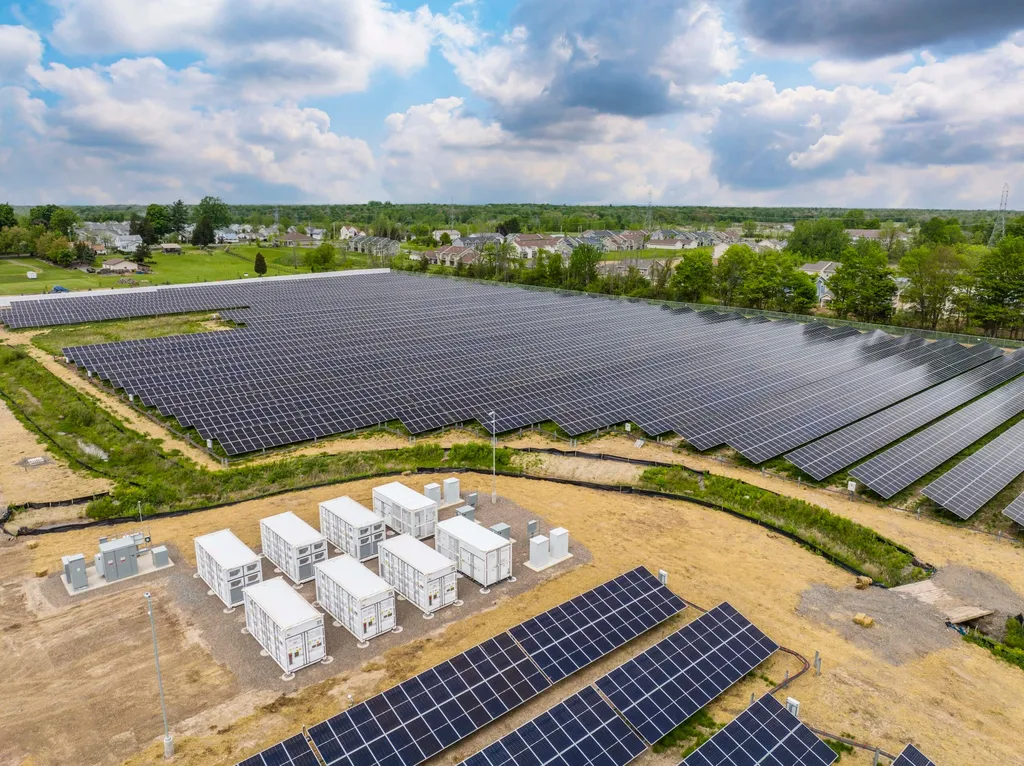In a significant stride towards bolstering the stability of modern power grids, researchers from Northeast Electric Power University and State Grid Jilin Electric Power Company have developed a novel coordinated control strategy for photovoltaic (PV) and energy storage systems. This innovation, published in the journal *Power System Technology*, addresses the pressing challenge of frequency stability in power systems with high penetrations of renewable energy sources.
As the share of solar power and other renewables grows, traditional power systems face unprecedented challenges. The low inertia and weak damping characteristics of these new energy installations can lead to frequency instability, posing risks to grid reliability. The research team, led by Dr. Jiang Shouqi, has proposed a multi-subject coordinated control strategy that actively supports frequency regulation, ensuring stable operation under varying conditions.
The team’s approach involves analyzing the frequency regulation demands of the system based on the power regulation margin and unbalanced power of synchronous machines. They designed a self-synchronizing control strategy for grid-connected inverters, enabling them to transmit frequency change information and provide proactive inertia support. Additionally, they developed a multi-timescale frequency regulation control strategy for PV storage systems, considering the dead zone of frequency regulation.
“Our strategy improves the frequency minimum point by more than 10% under different disturbing conditions,” said Dr. Jiang. “This significantly enhances the system’s frequency regulation performance and ensures stable operation even with high levels of renewable energy integration.”
The researchers tested their strategy using real-time digital simulations of a grid-connected PV storage system. The results demonstrated substantial improvements in frequency stability compared to existing control methods. The proposed strategy enables adaptive switching between inertia support and primary frequency regulation, optimizing the frequency regulation capabilities of synchronous machines.
The implications of this research are far-reaching for the energy sector. As countries worldwide push for cleaner energy sources, the integration of renewables into the grid becomes increasingly critical. The coordinated control strategy developed by Dr. Jiang and his team offers a practical solution to enhance grid stability, facilitating the transition to a more sustainable energy future.
“By ensuring frequency stability, our strategy supports the reliable operation of power systems with high renewable energy penetration,” said Dr. Jiang. “This is crucial for meeting the growing demand for clean energy and achieving global decarbonization goals.”
The research was published in *Power System Technology*, a leading journal in the field of power system engineering. The findings are expected to influence future developments in grid management and renewable energy integration, paving the way for more stable and sustainable power systems.

